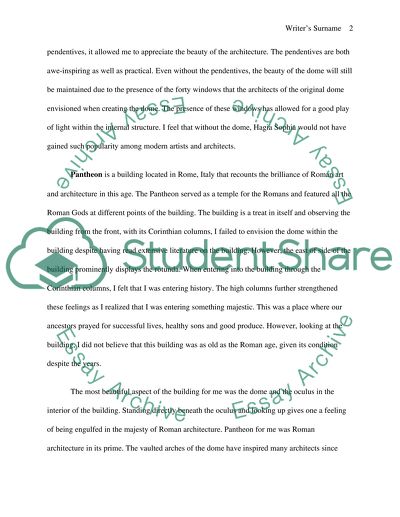Cite this document
(“Hagia Sophia and Pantheon Essay Example | Topics and Well Written Essays - 2500 words”, n.d.)
Retrieved from https://studentshare.org/visual-arts-film-studies/1437980-fine-arts-lesson
Retrieved from https://studentshare.org/visual-arts-film-studies/1437980-fine-arts-lesson
(Hagia Sophia and Pantheon Essay Example | Topics and Well Written Essays - 2500 Words)
https://studentshare.org/visual-arts-film-studies/1437980-fine-arts-lesson.
https://studentshare.org/visual-arts-film-studies/1437980-fine-arts-lesson.
“Hagia Sophia and Pantheon Essay Example | Topics and Well Written Essays - 2500 Words”, n.d. https://studentshare.org/visual-arts-film-studies/1437980-fine-arts-lesson.


